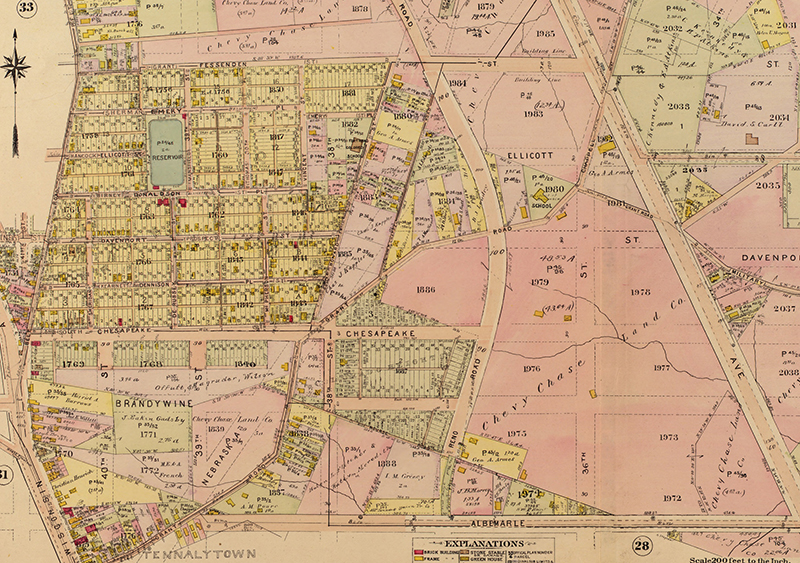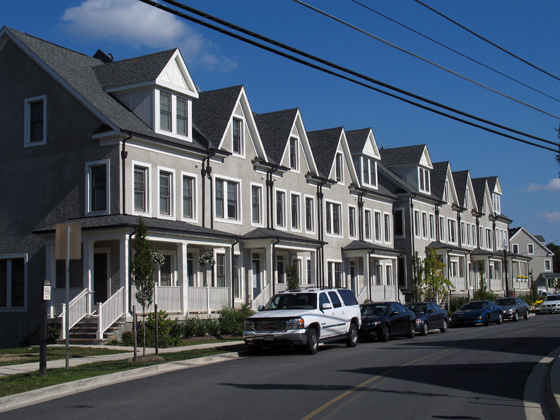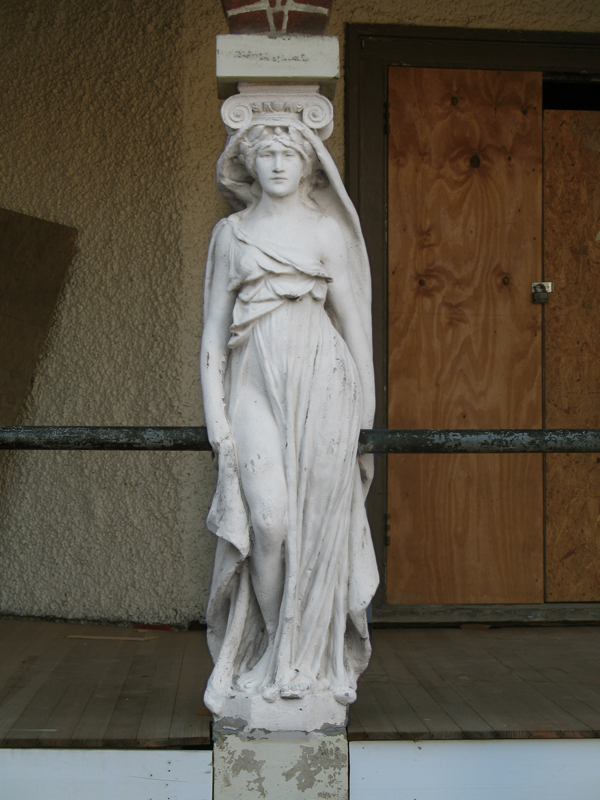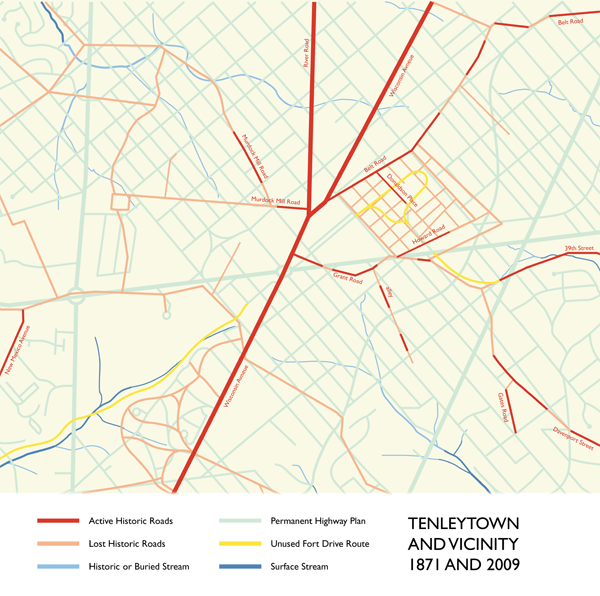Students at Yale’s Architecture School are invited to propose topics for an annual journal named Perspecta. I co-authored a proposal with my classmate Raven Hardison intending to expand the theoretical background of building information modeling. I find that the discussion over its uses is largely focused on building process improvement, which is itself valuable, but only a narrow band of its potential. The nature of technologies as disruptive and immature as building simulation and information modeling is that we haven’t yet begun to imagine uses for it. See, for example, this week’s article about the Kinect hacking culture in the Times.
Since we were not selected, it seems in the spirit of things to publish the proposal in hopes that it can germinate other ideas in topics we ourselves were blind to. The original proposal included the names of proposed authors, which have been edited out.

A Failed Proposal for Perspecta 48:
BUILDING INFORMATION MODELING
Building information modeling has become fait accompli in the discipline of architecture. Sales of Revit subscriptions steadily rise, while technical facility becomes commonplace. Resignation to BIM’s inevitability has caused a critical blindness toward the nature, forms, and influence of those first two words, “building information.”
For Perspecta 48, we propose to step back and investigate unresolved aspects concerning the use of knowledge in design and construction. As a metaphor for the discipline’s approach, consider the parable of the blind monks and an elephant.
A king brings a pachyderm to a few sightless monks as a test. He asks them to reach out and describe this “elephant” they had never before encountered. Unable to perceive the whole creature, each groped at different body parts and returned a correspondingly different answer, all rooted in something familiar. The tail became a whip, the body a granary, the tusk a plow, and one man declared the leg to be a column.
When the king revealed the elephant, he showed their wisdom to be burdened by two key epistemological errors: assuming one has the full scope of information on a subject and, secondly, relying on preconceptions to understanding new information. By approaching the issue from a business side and avoiding theory, the discipline has ceased examining information in a multifaceted way, as it once did.
Forty years ago, researchers like Charles Eastman and Nicholas Negroponte imagined software reminiscent of information modeling and parametricism. Over the next forty years they worked to realize these dreams. But at the same time, the scope of the theoretical aims narrowed from world order to interface to tool and finally to product. In order to produce viable software, designers had to cut back their ambitions to basic commercial goals. Speculation on the radical political uses of data or how digital tools transform our relationship to the physical have been left to coders at the margins.
To reorient the debate, Perspecta 48 looks at “building information” from five key angles. Taking a fundamental perspective, the authors in the first section will examine the epistemology of building. By this we mean what is considered constructional knowledge, and how the discipline organizes it. Another group will look at the ways simulation and dematerialization have transformed humans and their environment.
A third set explores the diverging ends of authority and participation on that building modeling is driving the profession to. Looking at the politicization of knowledge, one group will examine how information multiplies of power and raises new ethical dilemmas. Finally, one collection of essays will discuss the technical difficulties of realizing architecture with digital technologies, and even how to embrace them.
We aspire to reinvigorate the discourse about building information by revealing it to be not merely a technology, but rather as a fundamental element of architecture.
The proposal continues.
Continue reading ➞ Defining “Building Information”










 I noticed yesterday that DC has re-signed Murdock Mill Road, down off River Road in Tenleytown. It’s a nice little reminder of history – and of natural geography – among the rationalist streets of the city plan laid down in 1897. While those straight, predictable lines make navigating the city easy, they did erase the context and history of what was Washington County. By its perseverance, this little snippet of prior use reminds residents of the pre-urban past, adding quiet character to the neighborhood.
I noticed yesterday that DC has re-signed Murdock Mill Road, down off River Road in Tenleytown. It’s a nice little reminder of history – and of natural geography – among the rationalist streets of the city plan laid down in 1897. While those straight, predictable lines make navigating the city easy, they did erase the context and history of what was Washington County. By its perseverance, this little snippet of prior use reminds residents of the pre-urban past, adding quiet character to the neighborhood.